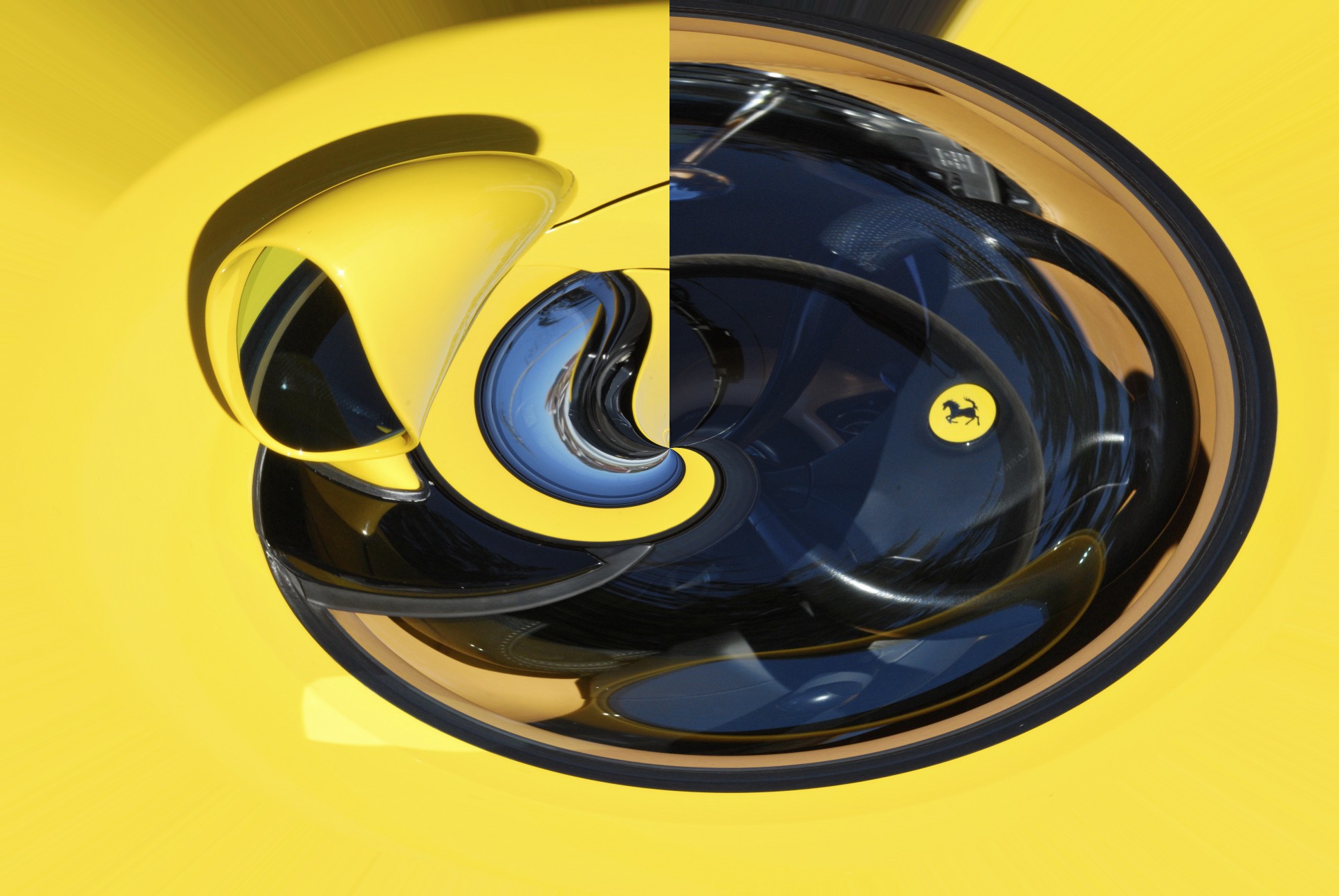
Following is a video recording of the 15 minute sessions that focused on the applications that might be made specifically of this movie (Eternal Sunshine and A Spotless mMnd) and, more generally, of movies and other works of art.
Perspectives on our First Studio: Applications for Art-Enhanced Psychotherapy, Coaching and Consulting
- Relationships are rich and alive precisely because of the mixture and intermingling of good and bad times, loving and hating moments, memories to be cherished and memories to be forgotten – but all of the memories must be preserved for they make up the life history of the couple.
- Memories, like dreams, are made up of novel constructions that blend people and events from multiple times and settings (transference is alive and well!).
- There are patterns of behavior in relationships. You can’t wipe out this pattern by just erasing one memory. The founding story of a couple often reveals a deeply embedded pattern that continues to exist throughout the life of the couple.
- The same powerful of prevalent patterns (fractals in complexity theory) can be found in organizations. Role suction: we can get a person out of a specific role in a group, but this often only occurs when someone new is being “auditioned” for this role—the pattern remains in place. What are the patterns and how might the pattern be altered (rather than the specific memory being erased or specific person being removed from the role)?
- We want to remove not just our memories of our interactions with a specific person (such as our past lover or even our current significant other) but also our own actions as a leader or our role as the victimizer or victim of a micro-aggression
- This movie represents concepts from Melanie Klein: (1) separation, (2) splitting (the good and bad memories) Moves to a defensive stance: erasing someone from my life.
- Klein: Move from paranoid to schizoid to depressive stance. We must stay with reality: recognize the nature of our connectiveness with other person in our life. Depressive stance: what attracted me to this other person in the first place is now a thorn in my side
- Use of movies as a distancing device. Movies allow us to not take our self too seriously. We can get some distance from our own issues. This can be “movie therapy”, with client (and therapist) watching specific episodes of a movie to allow for focus and reflection on specific issue from a more “objective” stance – or at least a difference perspective
- In acceptance/commitment therapy there is extensive use of metaphor and parables. Rather than just using words for interpretation, there can be the use of images and stories that provoke insight and dialogue. This strategy has been used in many cultures and religious traditions throughout the world (including Christianity and Buddhism). Movies can be considered parables and metaphors.
- Movies and other art-forms can be used as a way to talk about that which can’t be talked about. For example, the use of Tarot cards during the Middle-Ages in Europe by the King/Queen’s counsel to address difficult issues (such as succession planning). The “gods”, “fate”, “forces of nature” or “chance” is responsible for the topic to be addressed—not any one person in the group.
- Karin uses Tarot cards in her own therapy work. She also uses books. For example, Karin has used Yalom’s book on therapist (from perspective of both therapist and client) in her supervision of new therapists.
- The movie, Tarot card or book is tangible. It is something outside oneself to which we can relate. As a stimulus for our imagination and constructive processes, it provides us with the opportunity to observe and appreciate our own distinctive perspectives and/or that of the person/people with whom we are working.
- The movie or Tarot card speaks not just to the client—it also speaks to the therapist—bringing up issues that the therapist might now want to address. It also offers the opportunity for both the therapist and client to offer their own perspective on and interpretation of the movie or card
- The movie is not just for the client. It is also for the therapist and the two of them together so that they might reflect on their own relationships
- A projective tool (such as TAT) can be used not just for assessment, but also as an intervention tool
- The therapist can use the movie to reflect with their client on how they see their role with the client. And the client can reflect on what they see, hope for, or are fearful of in their relationship with therapy. There are movies that portray the mental health worker as being miraculous and healing (Dr. Good), as being quite dangerous and manipulative (Dr. Evil), or as being ineffective or a charlatan (Dr. Dippy). Movies that portray one of these images can be used to help the client and therapist reflect on their relationship and the therapeutic role (both real and mythic)
- Glen Gabbard has presented the movie Alien as a great way to understand the work of Melanie Kline (battle between two mothers protecting their children). The movie, King of Comedy (with Robert DeNiro and Jerry Lewis) is used by Gabbard as a way to better understand Self Psychology. PSP offered a film series that featured Gabbard talking about both movies after they were shown. Reference: Krin Gabbard and Glen Gabbard, Psychiatry and the Cinema. University of Chicago Press, 1987.
- As therapists, coaches and consultants we do good work, we do harm, and we are sometimes ineffective. Movies enable us to reflect on the work we are doing—good, bad and goofy—hopefully with our client(s).
- It is important to not just look at the content of a movie (or content of a memory) – we must also look at the purpose for the production and distribution of the movie (what should viewers come away from after watching the movie) and what is the purpose for production and retrieval of this specific memory?
 Ronit Bisson, Psy. D.
Ronit Bisson, Psy. D.
Dr. Bisson is a psychotherapist and educator living in Barcelona Spain. She facilitated this first Studio Session.







